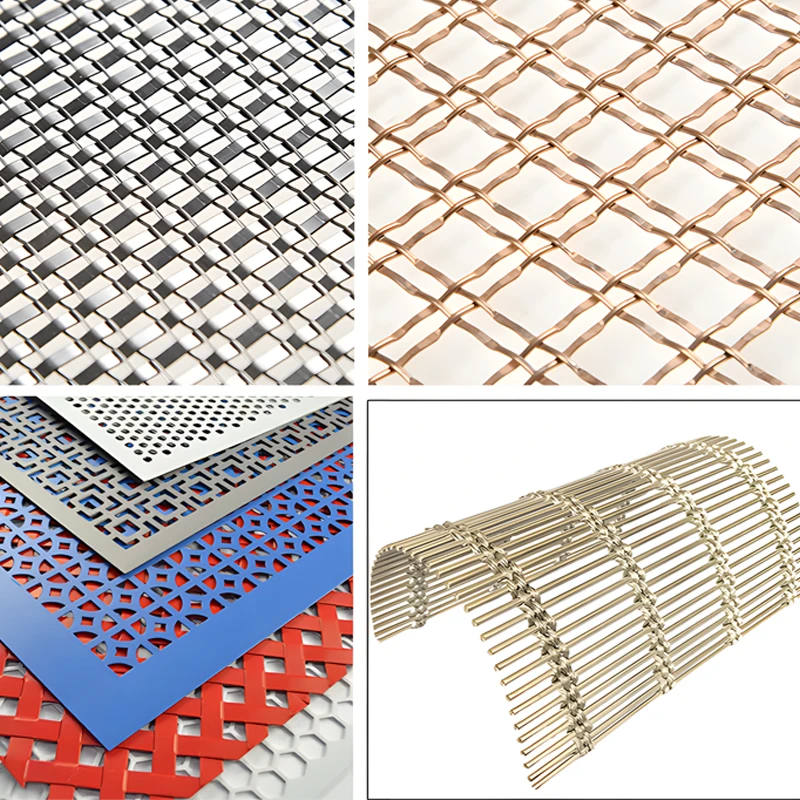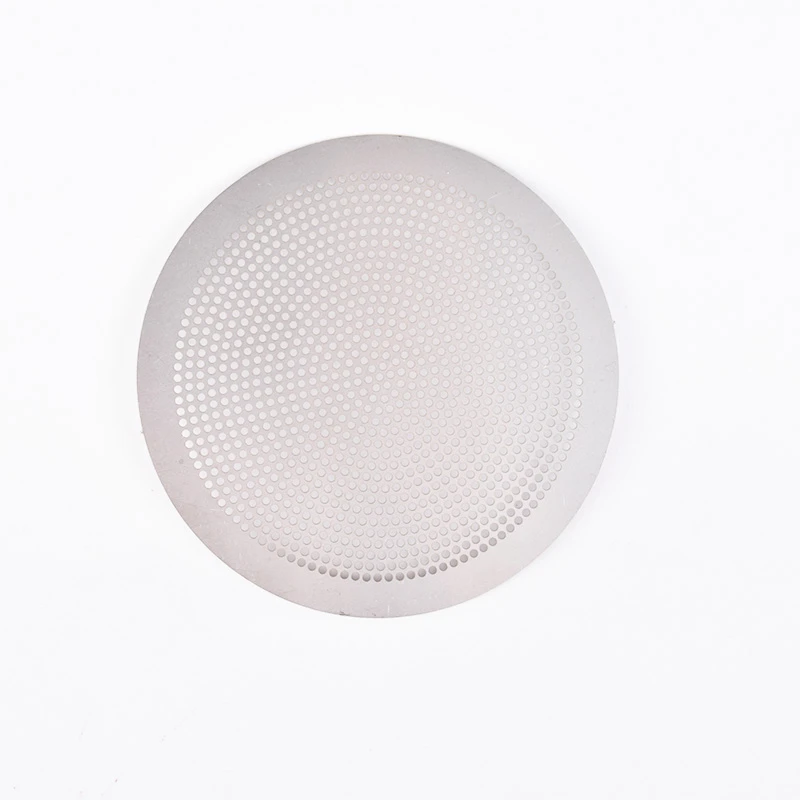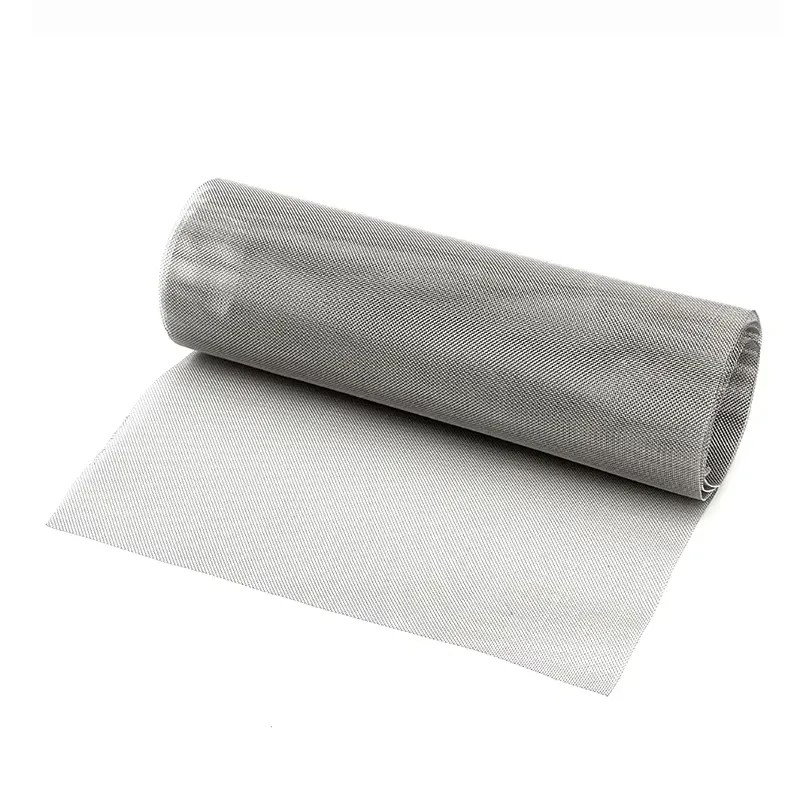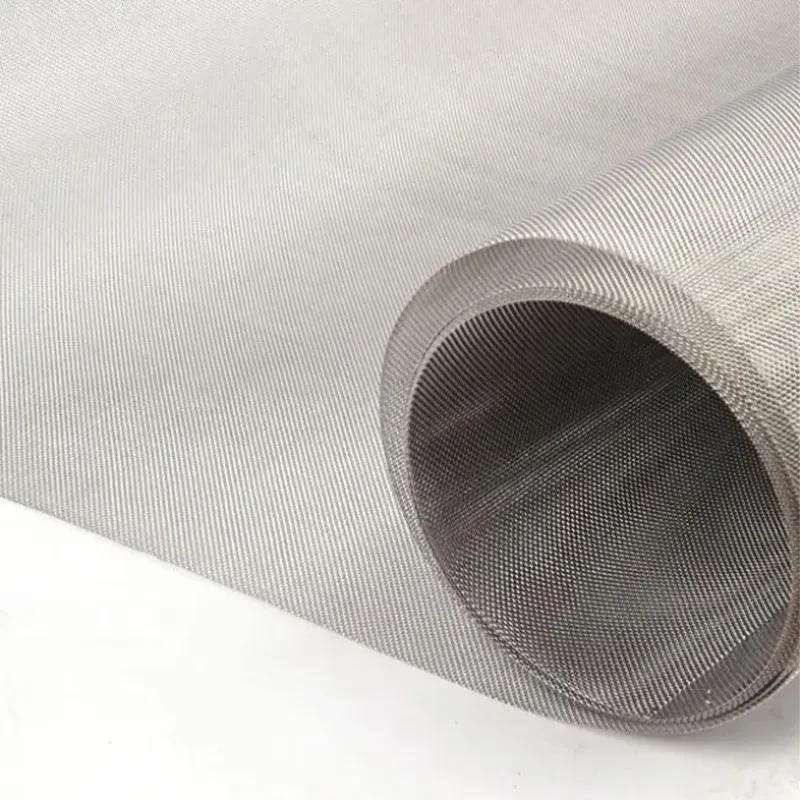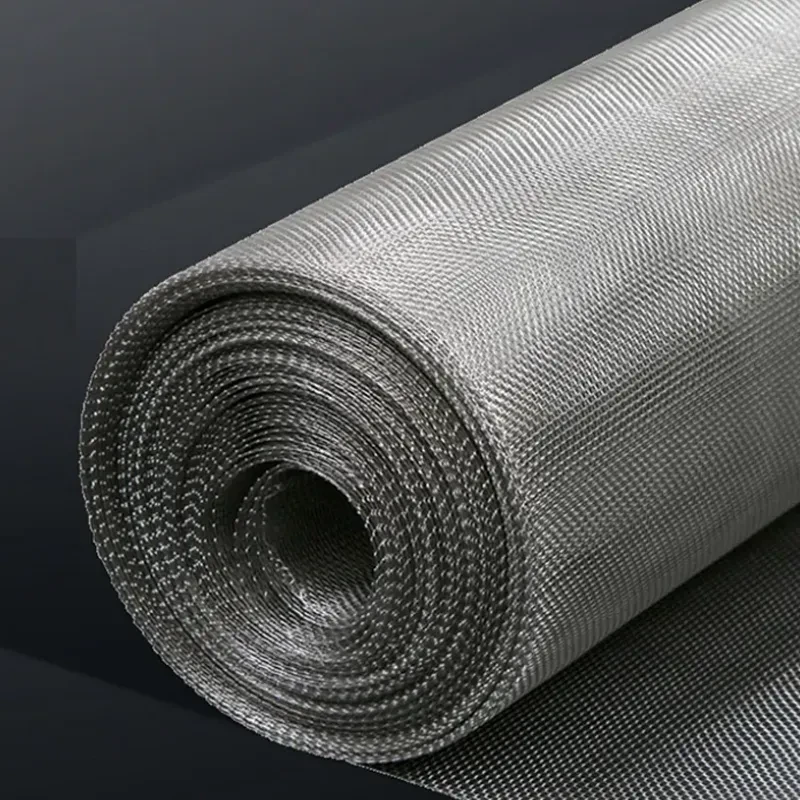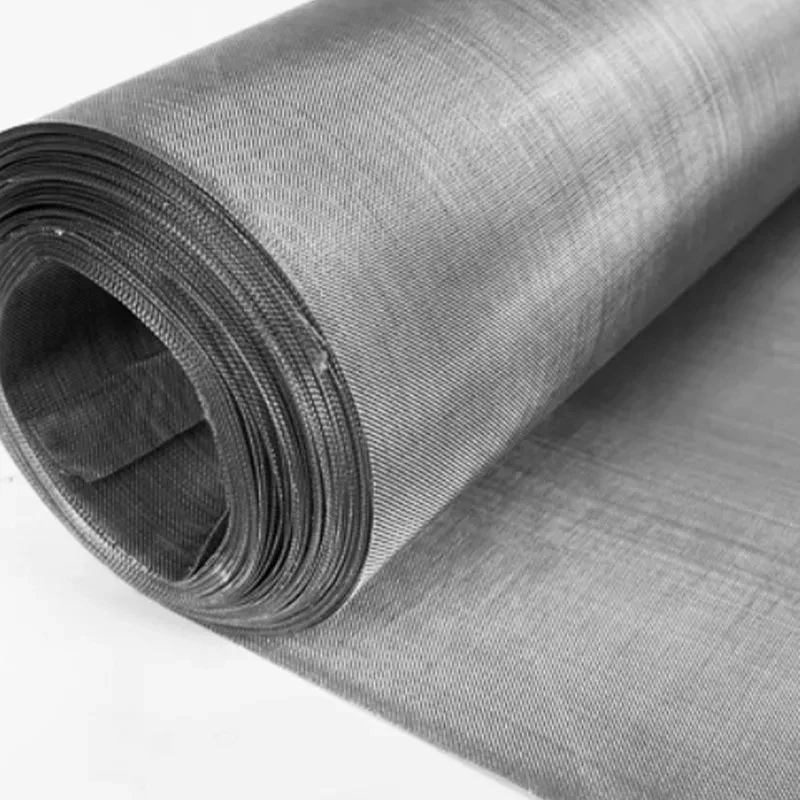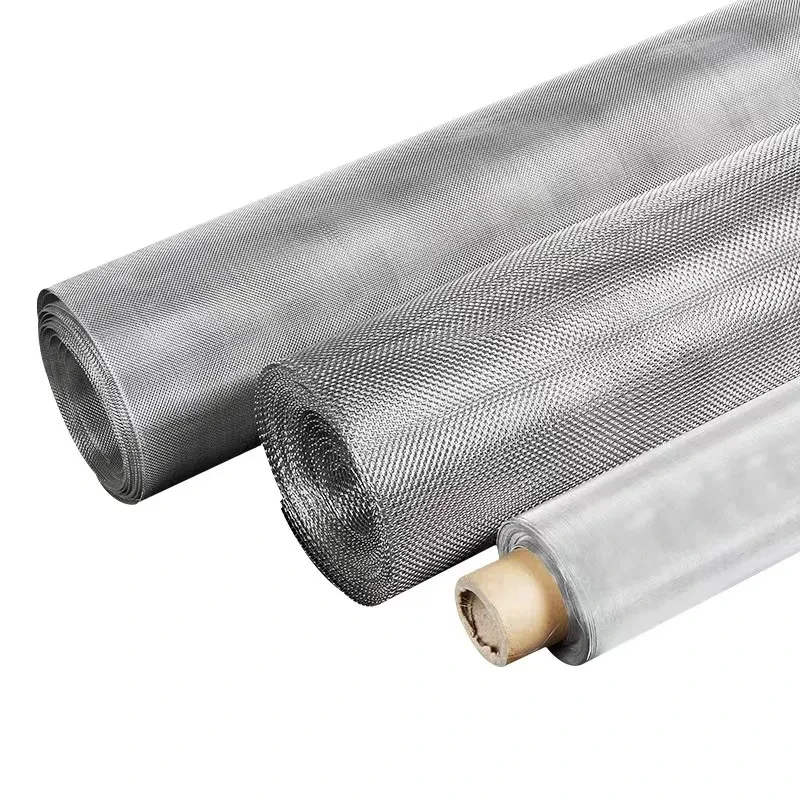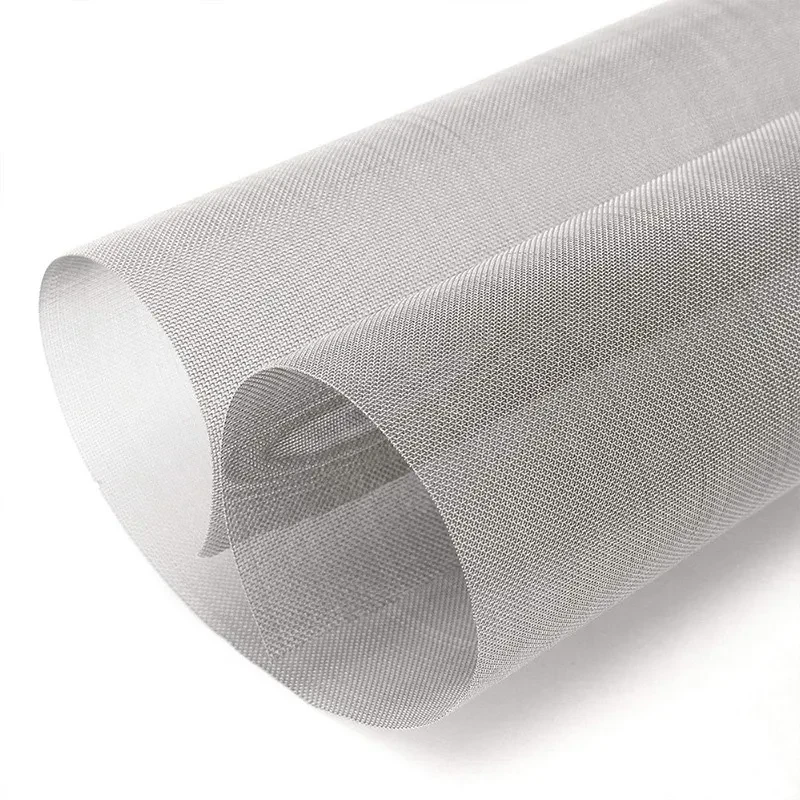Decorative Metal Grid & Grilles | Expanded Steel Mesh
The Evolving Landscape of Decorative Metal Grids in Modern Design and Industry
The contemporary architectural and industrial landscape is increasingly defined by innovative material applications that blend aesthetic appeal with functional superiority. Among these, decorative metal grid systems have emerged as a versatile solution, offering unparalleled design flexibility and robust performance. These grids are not merely utilitarian components but integral elements that contribute significantly to a structure's visual identity, airflow management, and security. From intricate facades that capture and refract light to high-performance barriers in industrial environments, the application spectrum for metal grids is vast and continually expanding. Understanding the intricacies of their manufacturing, material science, and diverse applications is crucial for architects, engineers, and procurement specialists looking to leverage their full potential in demanding B2B projects.
The market for advanced metal grid solutions is driven by a growing demand for sustainable, durable, and aesthetically pleasing materials. Modern architectural trends emphasize transparency, light, and texture, all of which are perfectly encapsulated by thoughtfully designed metal grids. Simultaneously, industrial sectors such as petrochemicals, water treatment, and metallurgy require robust, corrosion-resistant, and high-strength materials for filtration, ventilation, and safety guarding. This dual demand pushes manufacturers to innovate continuously, developing grids with enhanced material properties, novel geometries, and more efficient production methods. The confluence of these factors positions the decorative metal grid as a critical component in next-generation infrastructure and design.
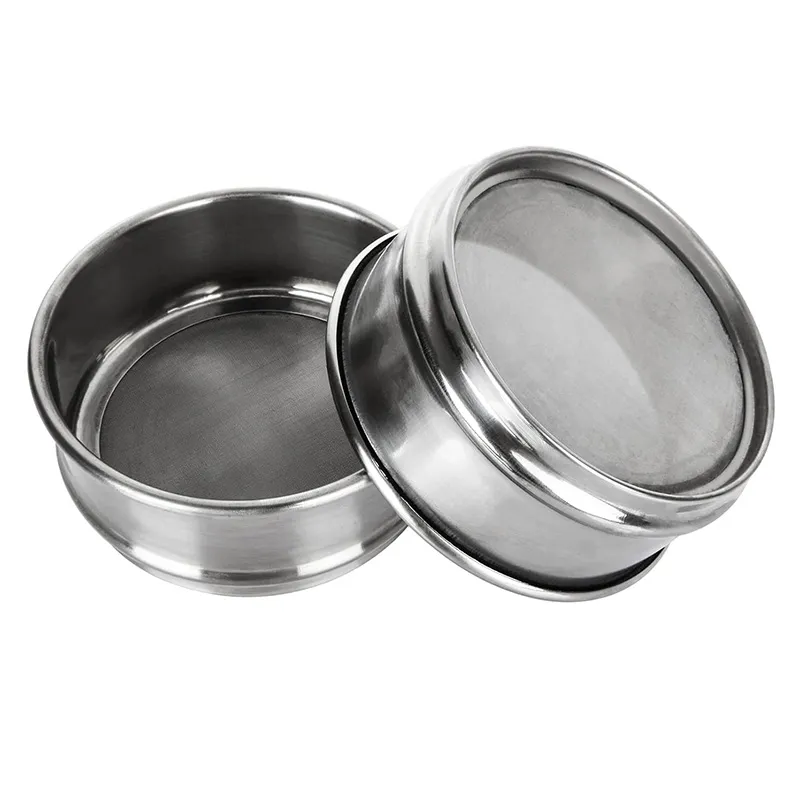
Technical Specifications and Material Versatility of Decorative Metal Grids
The performance and aesthetic qualities of a decorative metal grid are fundamentally determined by its technical specifications and the materials used in its construction. Key parameters include mesh size, wire diameter, open area percentage, and overall panel dimensions. These factors directly influence airflow, light transmission, strength-to-weight ratio, and visual transparency. Common materials range from carbon steel and stainless steel (grades 304, 316, 316L for superior corrosion resistance) to aluminum, copper, and even exotic alloys for specialized applications. Each material offers a unique combination of mechanical properties, corrosion resistance, and aesthetic finish, making material selection a critical step in tailoring the grid to specific project requirements.
For instance, when considering a decorative metal grill mesh for architectural facades, factors like the type of metal (e.g., aluminum for lightweight, stainless steel for durability), surface finish (powder coating, anodizing, polishing), and the pattern of the mesh (e.g., expanded, perforated, woven) become paramount. For industrial use, the focus shifts to material strength, chemical resistance, and ease of cleaning, often favoring robust options like steel expanded metal. Understanding the interplay of these technical aspects ensures that the selected grid performs optimally under specified conditions while meeting aesthetic expectations. Below is a detailed table outlining typical specifications for various decorative metal grid types:
| Parameter | Expanded Metal Grid | Perforated Metal Grid | Woven Wire Mesh Grid |
|---|---|---|---|
| Typical Materials | Carbon Steel, SS304, SS316, Aluminum | Carbon Steel, SS304, SS316, Aluminum, Copper | SS304, SS316, SS316L, Brass, Bronze |
| Mesh Opening Size (LWD x SWD / Hole Dia. / Aperture) | From 12x25mm to 76x152mm | 0.5mm to 20mm (Round, Square, Slot) | 0.025mm to 100mm |
| Strand Thickness / Wire Diameter | 0.5mm to 6.0mm | 0.3mm to 10.0mm | 0.02mm to 10.0mm |
| Open Area Percentage | 60% to 90% (approx.) | 20% to 70% (typical, depends on pattern) | Varies widely, from 5% to 90% |
| Surface Treatment Options | Powder Coating, Galvanizing, Anodizing | Powder Coating, Anodizing, Polishing | Polishing, Passivation, Etching |

Advanced Manufacturing Processes for High-Quality Decorative Metal Grids
The production of a high-performance decorative metal grid involves a series of sophisticated manufacturing processes, each contributing to the final product's integrity and aesthetic. The initial stage often involves careful material selection, where sheets or coils of metal (such as stainless steel, aluminum, or galvanized steel) are chosen based on the desired properties like corrosion resistance, strength, and formability. Following this, the material undergoes processes such as expanding, perforating, or weaving. Expanded metal is created by slitting and stretching a single sheet, forming a continuous, seamless mesh without welds or interlocks. Perforated metal involves punching out precise patterns of holes, offering a wide array of hole shapes and arrangements. Woven wire mesh, on the other hand, is produced by interweaving metal wires in a loom, similar to textile production.
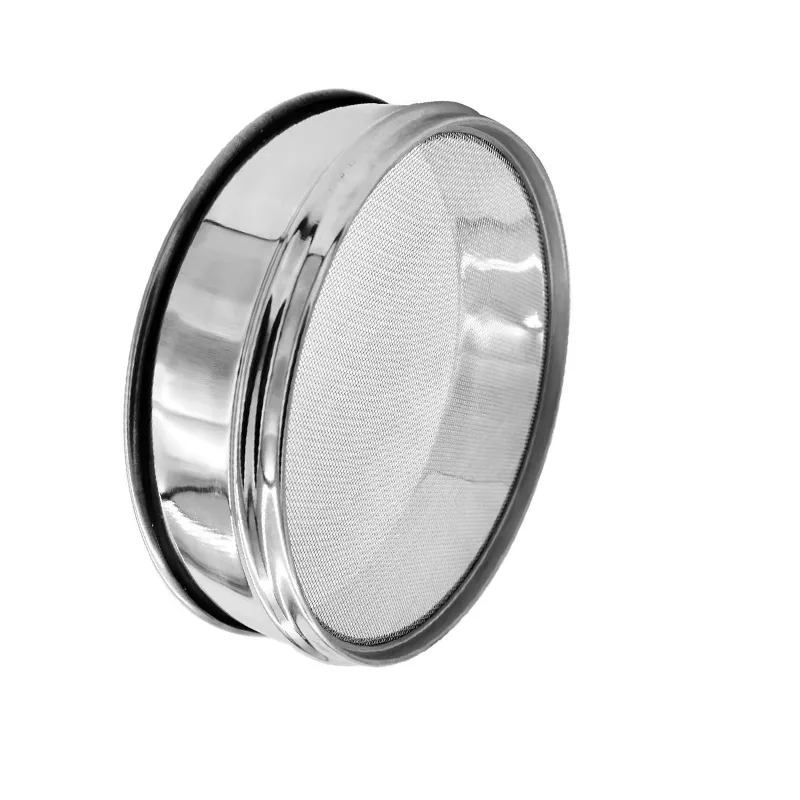
Further processing steps include cutting, forming, and finishing. Precision cutting using CNC lasers or shears ensures accurate dimensions and clean edges. Forming processes like bending or rolling are applied to create complex three-dimensional shapes for custom architectural elements or specific industrial applications. Surface treatments, such as powder coating, anodizing, or electro-polishing, are then applied not only to enhance the aesthetic appeal but also to improve durability, corrosion resistance, and longevity. Throughout the entire manufacturing chain, stringent quality control measures are implemented, adhering to international standards like ISO 9001 and ANSI specifications. This rigorous adherence to quality ensures that each steel expanded metal sheet or decorative panel meets the exact client specifications for metallurgy, dimension, and finish, contributing to a longer service life and reduced maintenance in demanding environments such as petrochemical plants or municipal water treatment facilities, where energy efficiency and anti-corrosion properties are paramount.
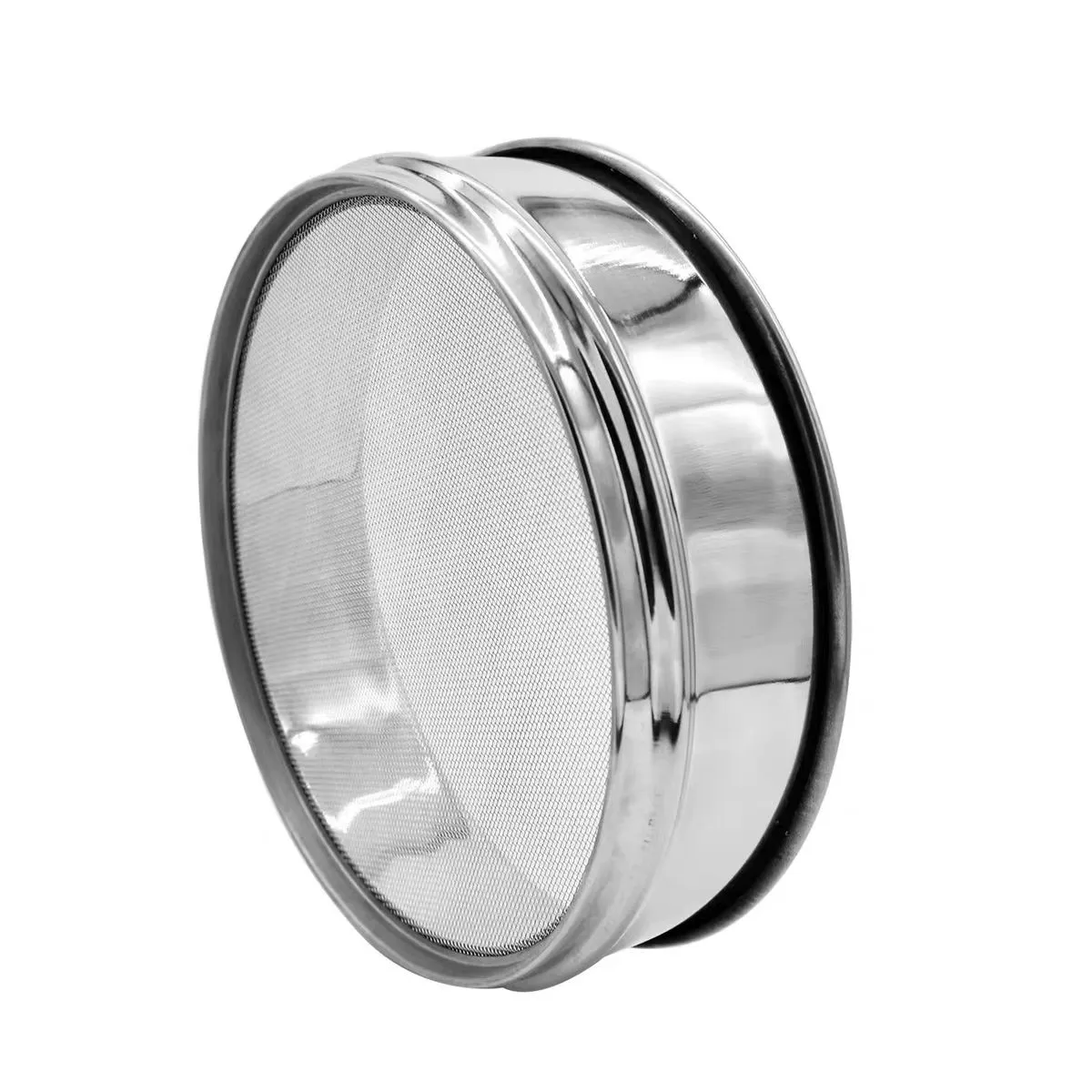
Diverse Application Scenarios for Decorative Metal Grids
The versatility of the decorative metal grid makes it an indispensable component across a multitude of industries and applications. In architecture, these grids are frequently employed for building facades, sunscreens, ceiling panels, balustrades, and interior partitions, providing both aesthetic enhancement and functional benefits like light diffusion, ventilation, and security. They create dynamic visual effects, allowing natural light to penetrate while offering privacy and reducing solar heat gain, leading to significant energy savings. The ability to customize patterns and finishes means they can seamlessly integrate into various design themes, from minimalist contemporary to robust industrial aesthetics. A prime example is their use as decorative metal grilles for cabinet doors, transforming ordinary furniture into bespoke design pieces.
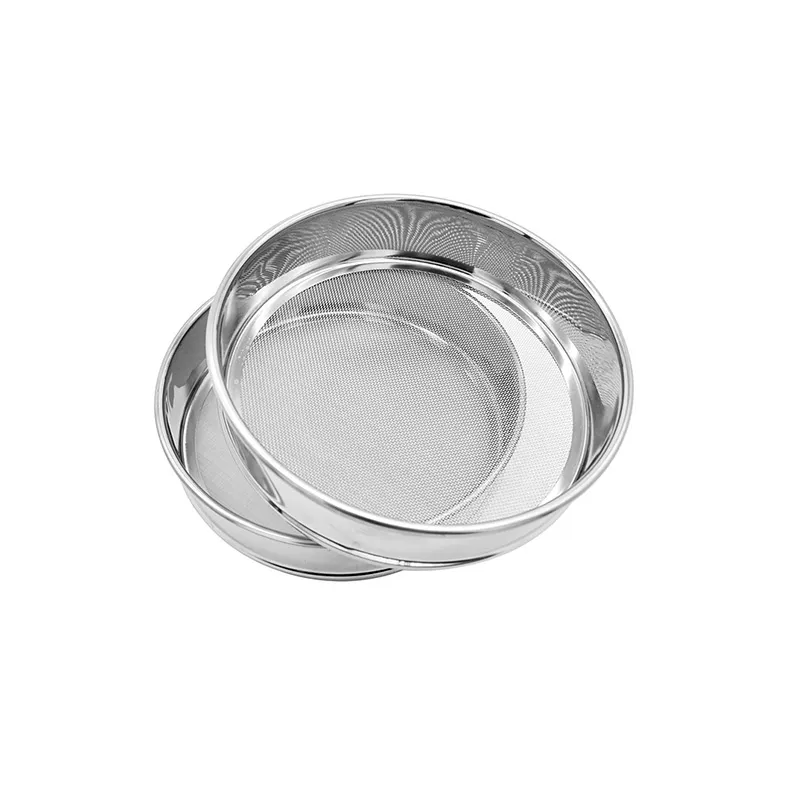
Beyond architectural applications, decorative metal grill mesh finds extensive use in industrial sectors. In petrochemical and metallurgy, they serve as robust platforms, walkways, and safety barriers, capable of withstanding harsh corrosive environments and heavy loads. In water treatment and municipal drainage systems, they function as effective filtration screens and protective covers, preventing debris ingress while ensuring proper flow. Furthermore, they are critical in HVAC systems for air filtration and diffusion, in automotive industries for grilles and protective screens, and in agriculture for sorting and screening processes. The inherent strength, durability, and open area percentage of these grids make them ideal for applications requiring both structural integrity and permeability, proving their invaluable role in enhancing operational efficiency and safety across diverse industries.

Key Technical Advantages of Decorative Metal Grids in B2B Applications
The adoption of a decorative metal grid in B2B projects is largely driven by its compelling technical advantages, offering a superior combination of performance, durability, and cost-effectiveness. One of the primary benefits is exceptional strength-to-weight ratio. Unlike solid panels, the open mesh structure maintains high structural integrity while significantly reducing material weight, which translates to easier handling, lower transportation costs, and reduced load on supporting structures. This is particularly advantageous in large-scale architectural facades or elevated industrial platforms where weight is a critical design consideration. Furthermore, the inherent rigidity of many grid types ensures resistance to deformation and impact, crucial for demanding industrial environments.

Another significant advantage is their superior ventilation and light transmission properties. The open area of the grid allows for excellent airflow, which is vital for heat dissipation in machinery guards or effective ventilation in building envelopes, potentially reducing HVAC loads and energy consumption. Simultaneously, the controlled passage of light can minimize glare while maximizing natural illumination, creating comfortable and energy-efficient spaces. Additionally, when manufactured from corrosion-resistant materials like stainless steel or appropriately coated carbon steel, these grids offer outstanding longevity, minimizing the need for frequent replacement and maintenance. This leads to a lower total cost of ownership over the product's extensive service life, proving to be a highly economical choice for both aesthetic and functional industrial applications.
Customization Solutions and Manufacturer Comparison
Selecting the right supplier for a decorative metal grid is crucial for ensuring project success, especially given the diverse requirements of B2B applications. While many manufacturers offer standard products, the true value often lies in their ability to provide bespoke customization solutions. A reputable manufacturer will offer comprehensive services, from initial design consultation and material recommendations to precision fabrication and finishing. This includes tailoring mesh patterns, panel dimensions, frame structures, and surface treatments to match precise architectural specifications or demanding industrial performance criteria. For instance, creating unique decorative metal grill mesh designs for a specific building facade requires advanced CAD/CAM capabilities and a deep understanding of structural engineering, a capability QHFilter excels in with years of specialized experience.
When comparing manufacturers, consider their expertise, manufacturing capabilities, quality assurance protocols, and after-sales support. While some suppliers may offer lower upfront costs, they might compromise on material quality, dimensional accuracy, or finish durability, leading to higher long-term maintenance expenses or project delays. A reliable partner like QHFilter distinguishes itself through its adherence to international manufacturing standards, robust testing procedures, and a proven track record of delivering complex, custom metal grid solutions for challenging environments. We focus on optimizing the balance between cost, performance, and aesthetics, ensuring that each solution for a steel expanded metal application or an intricate architectural grid not only meets but exceeds client expectations. Our commitment to innovation and customer satisfaction sets us apart in a competitive market.

Manufacturer Comparison Table: Key Differentiators
| Feature/Factor | Typical Competitor | QHFilter Advantage |
|---|---|---|
| Customization Capability | Limited standard options, basic modifications | Full bespoke design, complex geometries, diverse finishes |
| Quality Certifications | Basic ISO, inconsistent material tracing | ISO 9001:2015, ANSI/ASTM standards adherence, full material traceability |
| Industry Experience | General metal fabrication, limited specialized knowledge | 20+ years in specialized metal mesh for B2B, strong engineering team |
| Lead Time & Delivery | Variable, often extended for custom orders | Optimized production lines, reliable on-time delivery with tracking |
| Technical Support | Basic technical support, limited design assistance | Dedicated engineering support, design optimization, material consultation |
Real-World Application Cases and Customer Experience
The true testament to the value of a decorative metal grid lies in its successful deployment across diverse, real-world scenarios. Our extensive experience has allowed us to partner with leading firms in various sectors, delivering solutions that consistently exceed expectations. For example, in a recent large-scale commercial building project, our custom-fabricated aluminum decorative metal grill mesh panels were integral to the facade design. These panels provided excellent sun shading, reducing internal heat gain by an estimated 15%, contributing significantly to the building's LEED certification while maintaining an open, airy aesthetic. The project team praised our ability to deliver precise, large-format panels within tight deadlines, ensuring seamless installation and striking visual impact.
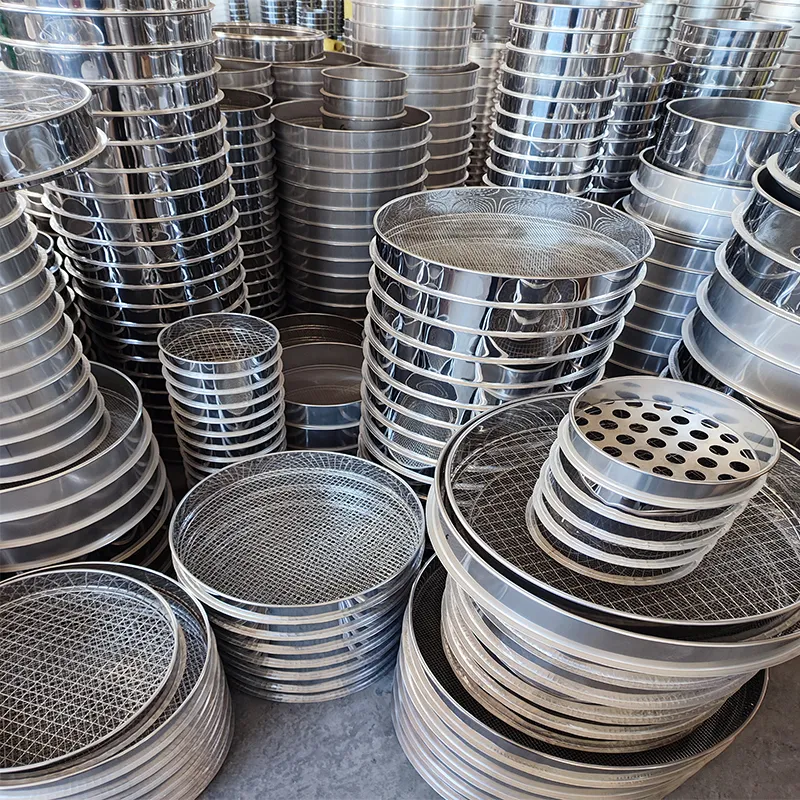
In the industrial realm, we provided robust steel expanded metal grids for a major wastewater treatment plant. These grids were engineered from marine-grade stainless steel to withstand highly corrosive chemical environments and heavy foot traffic. The client reported a remarkable increase in operational safety due to the anti-slip properties of the gridding and a significant reduction in maintenance costs compared to previous materials, thanks to the superior corrosion resistance and durability. Our technical team worked closely with their engineers to design a modular system that facilitated quick installation and future expansion. These cases underscore our commitment to not just supplying products but delivering comprehensive, performance-driven solutions that address specific client challenges and contribute to long-term operational efficiency and aesthetic excellence.
Ensuring Trust and Reliability: QHFilter's Commitment to Quality
Quality Assurance & Certifications
At QHFilter, our unwavering commitment to quality is the cornerstone of our operations, ensuring that every decorative metal grid solution we provide meets the highest industry benchmarks. We operate under stringent ISO 9001:2015 certified quality management systems, meticulously controlling every stage from raw material procurement to final inspection and delivery. Our products undergo rigorous testing, including material composition analysis, tensile strength tests, corrosion resistance evaluations, and dimensional accuracy verification, all in accordance with relevant ANSI, ASTM, and DIN standards. This dedication to quality assurance provides our clients with verifiable data and the assurance that their investment in our metal grids is a reliable, long-lasting solution, underpinning our authority as a trusted supplier in the B2B sector. Our products are designed for demanding environments, ensuring compliance with industry-specific regulations and enhancing safety and longevity.
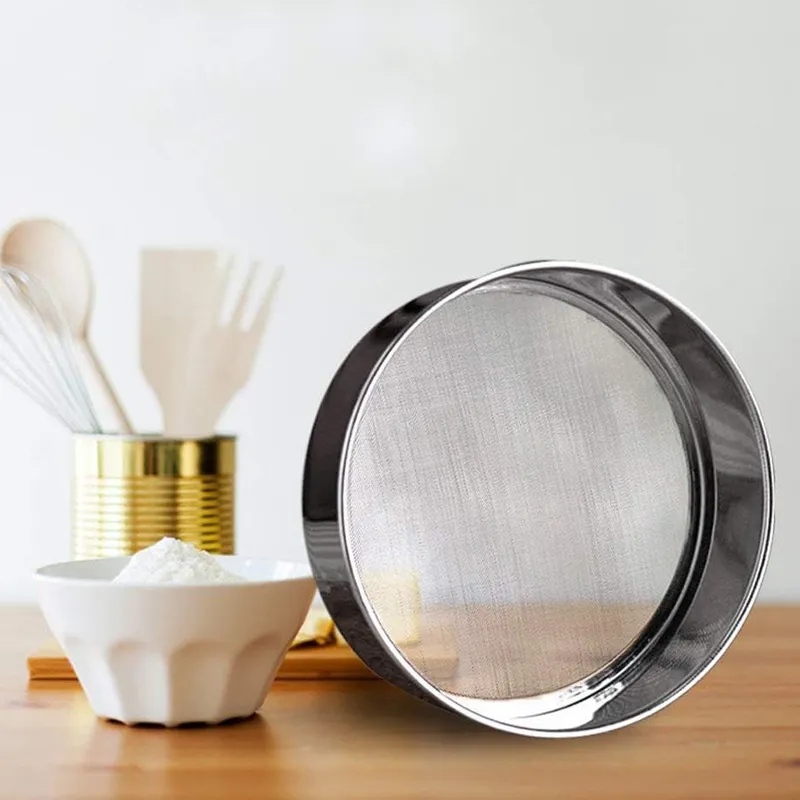
Delivery and Support
Understanding the critical nature of project timelines, QHFilter has optimized its supply chain and production processes to ensure reliable and efficient delivery. Our typical lead times are communicated clearly at the outset of each project, with comprehensive tracking and communication throughout the manufacturing and shipping phases. We are committed to on-time delivery, minimizing any potential disruptions to your project schedule. Furthermore, our dedication extends beyond product delivery with robust after-sales support. We offer comprehensive product warranties, providing peace of mind and demonstrating our confidence in the durability and performance of our metal grids. Our expert technical support team is always available to assist with installation queries, maintenance advice, or any post-purchase requirements, ensuring seamless integration and long-term satisfaction for all our B2B partners.
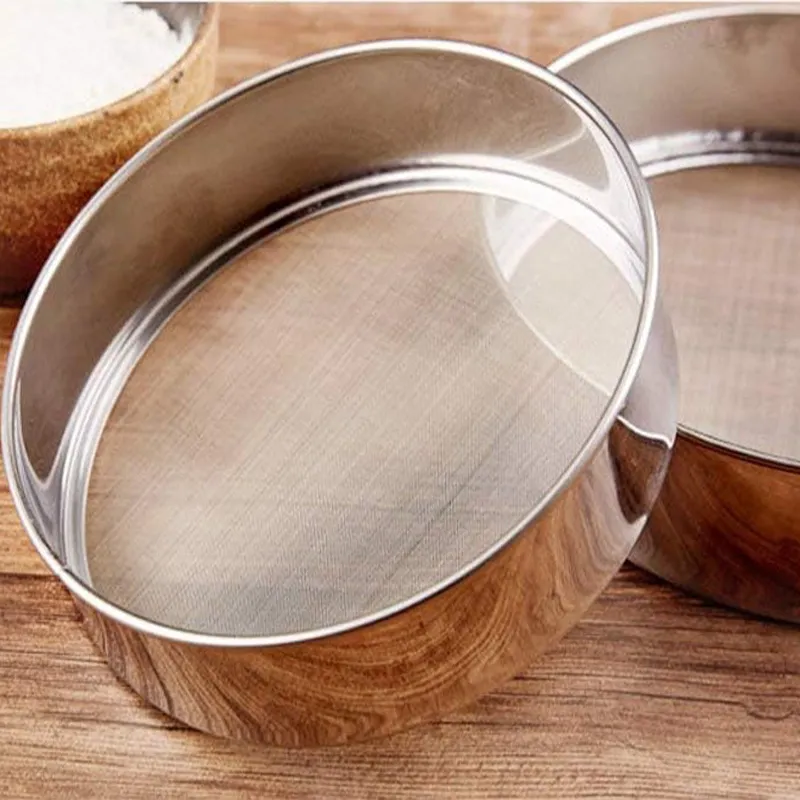
Frequently Asked Questions (FAQ)
- Q: What materials are available for decorative metal grids?
- A: We offer a wide range of materials including carbon steel, various grades of stainless steel (304, 316, 316L), aluminum, copper, and specialized alloys, chosen based on project requirements for strength, corrosion resistance, and aesthetic finish.
- Q: Can decorative metal grids be customized for specific architectural designs?
- A: Absolutely. Customization is our specialty. We can tailor mesh patterns, panel dimensions, framing, and surface treatments to match unique architectural visions or precise industrial specifications. Our engineering team works closely with clients from concept to completion.
- Q: What are the primary benefits of using metal grids over solid panels for facades?
- A: Metal grids offer superior ventilation, controlled light diffusion, reduced structural weight, enhanced security, and a distinct aesthetic appeal. They can significantly contribute to energy efficiency by reducing solar heat gain and improving natural airflow.
- Q: What is the typical lead time for a custom decorative metal grid order?
- A: Lead times vary depending on the complexity, volume, and specific customization requirements. We provide detailed lead time estimates during the quoting process and maintain transparent communication throughout production to ensure on-time delivery.
Conclusion
The versatility and technical superiority of the decorative metal grid position it as an indispensable material for both cutting-edge architectural design and demanding industrial applications. Its ability to combine aesthetic flexibility with robust performance, including optimal ventilation, light management, and unparalleled durability, makes it a preferred choice for discerning B2B decision-makers. By selecting a manufacturer like QHFilter, which emphasizes precision engineering, rigorous quality control, and comprehensive customization capabilities, businesses can ensure that their projects benefit from solutions that are not only visually striking but also engineered for long-term operational excellence and significant return on investment.
References
- ASTM International. (2020). Standard Specification for Expanded Metal Mesh for Metal Grating. ASTM F1267-20.
- International Organization for Standardization. (2015). Quality Management Systems - Requirements. ISO 9001:2015.
- Architectural Mesh for Facades: Design Principles and Performance Metrics. (2019). Journal of Building Engineering, 27, 100789.
- Corrosion Resistance of Stainless Steel Alloys in Industrial Environments. (2021). Materials Science and Engineering: R: Reports, 145, 100615.

